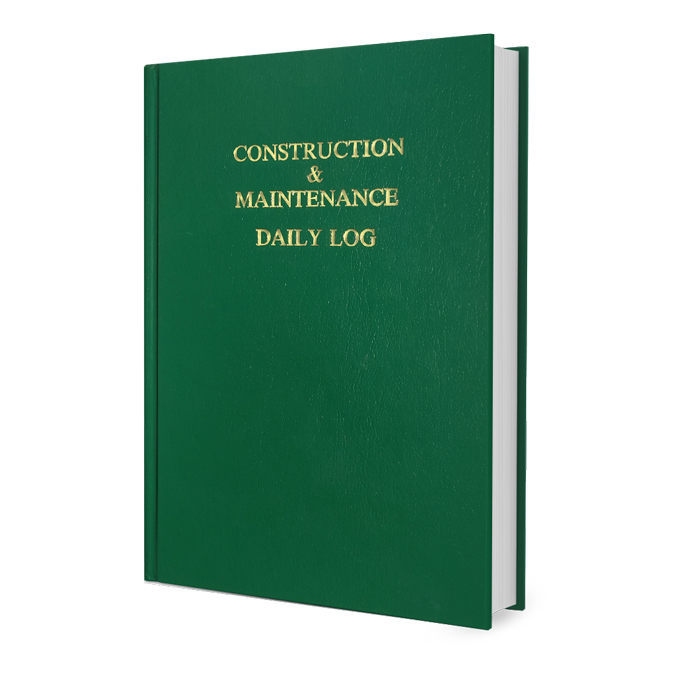According to the GreenFormat Web site (www.greenformat.com), it is not intended to determine if a product is green. Instead, through the use of a questionnaire filled out by product manufacturers, GreenFormat simply reports on the sustainable properties of a product.
Paul Bertram, who is leading the effort in developing GreenFormat for CSI, states: “The need for GreenFormat continues to be apparent. There clearly is industry confusion on what constitutes a green building product. The extent of green product claims has created so much market confusion that all products are claiming to be green.
“Use of GreenFormat in the construction documentation process assists in the evaluation, specification and purchase of sustainable/green building products in response to the confusion of what constitutes a sustainable/green building product,” Bertram says.
As a practitioner, I can attest to the generous amount of “green” product information available to design professionals and the difficulty separating fact from fiction among this information. Green product evaluation, in the absence of consistency, truthfulness, and accuracy is an impossible task. Is GreenFormat the answer? Or will it become yet another source of confusion in the green product claims game?
ORGANIZING GREEN PRODUCT INFORMATION
GreenFormat is organized into 5 Sections and 14 categories, beginning with those that are “most likely to be important design decisions.” Section 1, Background Information, includes the name of the product, a description, manufacturer and CSI MasterFormat number and title. Section 2, Product Details, begins with Sustainable Standards and Certifications and breaks this down into Third Party certifications, Second Party certifications and Self-Declarations. This could well be the best feature of GreenFormat, and the area practitioners are likely to spend the most time with.
Self-declarations are product claims made by the manufacturer based on whatever criteria it chooses. Second Party certifications are typically based on industry trade-organization-developed standards. The Carpet and Rug Institute’s Green Label Plus program is an example of a second party product certification. Third Party certification represents the highest order for proof of compliance and requires that product claims are verified by an outside entity, a third party. Manufacturers pay for third party certifications. Third party certifiers typically do not develop criteria and standards. Examples of third party green certifications include SmartWood, which certifies wood products under the Forestry Stewardship Council’s sustainable forest guidelines and Scientific Certification Systems, which certifies, among other things, manufacturer’s recycled content claims for products.
GREEN BUILDING RATING SYSTEMS AND GREENFORMAT
I cannot count the times that I have searched for a product’s green attributes during the green building rating system documentation process. GreenFormat includes information specific to green building rating system product requirements such as recycled content, VOCs, regional harvesting and manufacturing, Solar Reflectance Index for roofing, etc. This information is incredibly useful to designers and another part of GreenFormat that will be immediately welcomed by practitioners working on green buildings. In its final form, GreenFormat is intended to be a searchable, Internet database for maximum usability. Hopefully, the database will also allow one to generate custom reports for products that contribute to green building rating system points and credits. It would be extremely beneficial to a practitioner, for example, to be able to generate a report for all doors and windows in the database that meet requirements for LEED credit MR 5.1 for regionally harvested and manufactured products.
Beyond this point in GreenFormat, the information asked of the manufacturer begins to be similar to the morass of the type of information that designers have the most problems with; unqualified, unsubstantiated, unrestricted, and missing. A dividing line between useful content and information overload starts to come more into focus the further into GreenFormat one delves. I have no issue with GreenFormat as a standard for the organization of sustainable product data. In this respect it does its job well. The GreenFormat task group, not content with simply developing a format, has also developed a series of questions that manufacturers answer (but only if they choose to do so). Many of the questions in the current draft are straightforward but many are simply inappropriate to be able to connect a product with its sustainability or lack thereof. A few examples from the latest draft follow:
- Under 2.2 Sustainable Performance Criteria, the subheading 2.2.08 Openings contains fields for U-Factor, Solar Heat Gain Coefficient, and Condensation Resistance for windows and glazed assemblies. The Test Standards and Results box requires all stated values to be in accordance with calculation methods prescribed by the National Fenestration Rating Council. Acme Windows can fill out the form and report a U-Factor of 0.45, a Solar Heat Gain Coefficient of 0.55, and a Condensation Resistance of 50-all under the heading “Sustainable” Performance Criteria. But a reader is left wondering what is sustainable about these reported values? Depending on the amount of glazing, climate, orientation, and required performance, these values may or may not be “sustainable.” Without some established criteria and a minimum benchmarking reference, the information provided has little to do with sustainability. The Acme window may be sustainable in Seattle but a poor performer in Fairbanks or Phoenix. In designating these performance values as “sustainable” simply because they exist and can be reported, GreenFormat goes too far.
- Under 2.3 Sustainable Composition of Product, subheading 2.3.2 Toxicity requires a manufacturer to report whether or not a product contains any California Proposition 65 chemicals. California Proposition 65 is not intended as a tool to evaluate a product’s toxicity or sustainability. It came about to limit human exposure to cancer causing chemicals, but does not require complete elimination of exposure. Instead, it establishes criteria whereby exposure is acceptable below a certain threshold, depending on the type of chemical and type of exposure, because at these levels human health impacts are negligible. Is a product that contains a chemical, or chemicals, on the CA Prop 65 list bad? Not necessarily. The problem is in how the question is being asked. The only information here that is going to be valuable to a practitioner using GreenFormat to evaluate one product against another is whether or not the manufacturer is in compliance with California Proposition 65.
Marching through the rest of the document, there are many more examples in the current draft of questions that are asked of manufacturers that, if answered, will not help in the evaluation of a product’s sustainability.
Life Cycle Assessment/Analysis is included in GreenFormat under Section 3 Product Lifecycle. Manufacturers are asked to report what sort of LCA was done, if anything, and in what way for the listed product. Information reported in this area can include a myriad of types of LCA, with many different assumptions and impact categories, none of which is likely to be comparable to any other product listed. It will be extremely difficult for the average practitioner to effectively evaluate any information presented in this area.
Other informational areas in GreenFormat include Manufacturing, Construction, Facilities Operations Stage, Deconstruction/Recycling Phase and Additional Information. Again, most of the information required to be reported by the manufacturer in these areas is not very useful in evaluating a product’s sustainability. Questions such as, “Are components of your product reusable?”, “What is the maximum length of manufacturer’s warranty?” and “How have you worked with suppliers on reducing the environmental footprint of your supply chain?” weigh the document down with unnecessary and unhelpful information.
CONCLUSION
GreenFormat as an organizational tool has great potential. There is still a lot of work to be done with the type of information reported, and what questions are asked of manufacturers. Much of the information asked of the manufacturer has nothing to do with sustainability and is readily retrieved from manufacturer’s product data sheets. Unless information can be clearly demonstrated as sustainable, it should be left out. Otherwise, the entire purpose for GreenFormat seems to me to be defeated.
GreenFormat, still in an early developmental stage, is an incredibly ambitious undertaking. I am hopeful that the developers will make necessary revisions to the document that will result in a much needed, and much used, green product claims evaluation tool for manufacturers and designers alike. W&C







